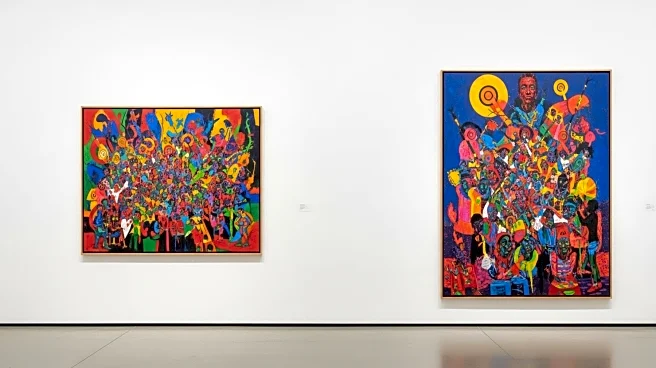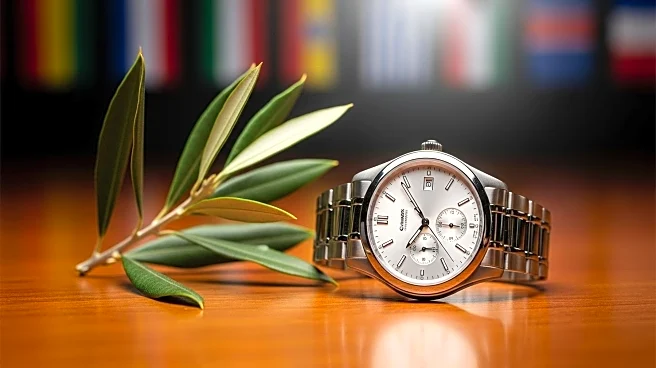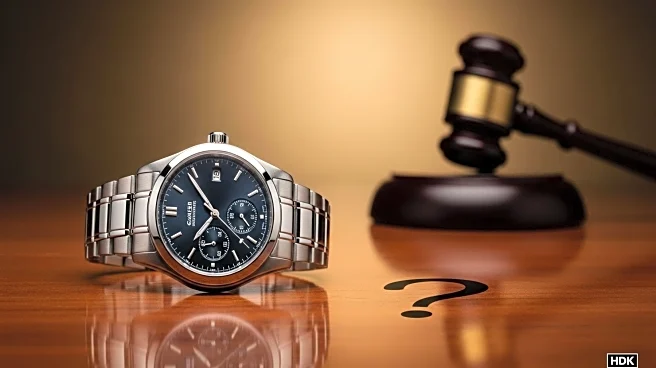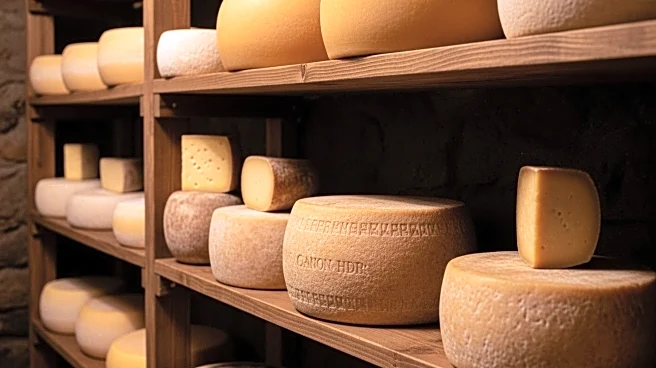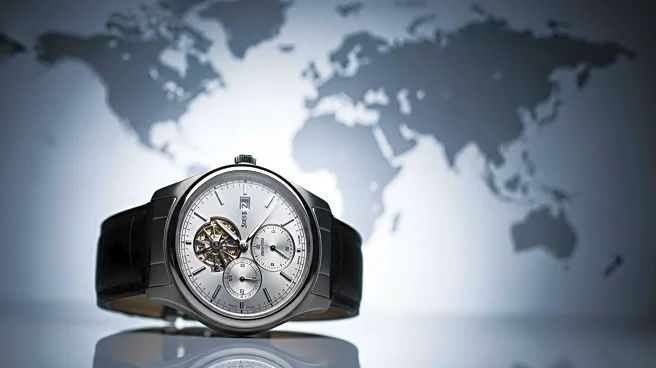What's Happening?
Gabriele Stötzer, a German artist known for her defiance against the oppressive regime of East Germany, is being celebrated in a solo exhibition at Muzeum Susch in Switzerland. The exhibition, titled 'Mit Hand & Fuss, Haut & Haar,' showcases Stötzer's work, which was created under the constraints of censorship and surveillance by the Stasi. Her art, often featuring self-portraits and experimental photography, reflects her struggle against the patriarchy and political oppression in the German Democratic Republic (GDR). The exhibition is a significant recognition of Stötzer's contributions to art, highlighting her resilience and creativity despite being censored and surveilled.
Why It's Important?
The exhibition of Gabriele Stötzer's work is crucial as it brings attention to the challenges faced by artists under oppressive regimes. Stötzer's art serves as a testament to the power of creativity and resistance in the face of censorship and political surveillance. Her work, which was largely created in secret, offers insights into the socio-political landscape of East Germany and the role of women in challenging the status quo. By showcasing her art, Muzeum Susch not only honors Stötzer's legacy but also sheds light on the broader issues of artistic freedom and the impact of political oppression on creative expression.
What's Next?
The exhibition at Muzeum Susch is expected to further elevate Stötzer's profile in the global art community, potentially leading to more opportunities for her work to be showcased internationally. As her art gains recognition, it may inspire discussions on the importance of preserving artistic freedom and the need to support artists working under restrictive conditions. Additionally, the exhibition could encourage other institutions to explore and exhibit works by artists from similar backgrounds, thereby broadening the understanding of art created under political duress.
Beyond the Headlines
Stötzer's story highlights the ethical and cultural dimensions of art as a form of resistance. Her ability to create and express herself despite severe restrictions underscores the resilience of the human spirit. The exhibition also prompts reflection on the role of art in documenting and challenging historical narratives, particularly those shaped by authoritarian regimes. It serves as a reminder of the importance of safeguarding artistic expression and supporting artists who use their work to confront and critique power structures.
